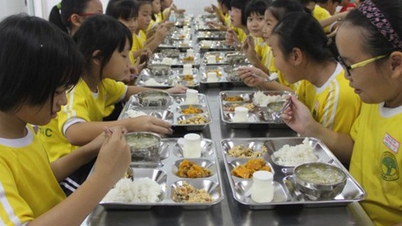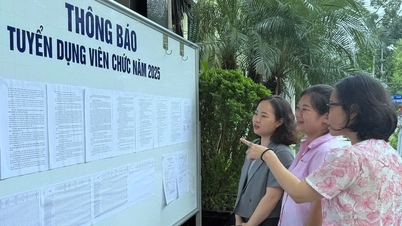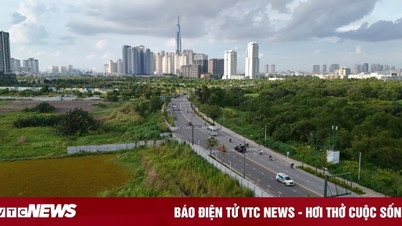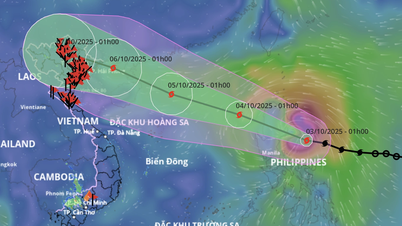From 2025, the Ministry of Education and Training will allow secondary schools to be built no higher than 5 floors, instead of 3 floors as present, to solve the nationwide problem of population and class shortage.
The above content was provided by the Ministry of Education and Training in Circular 23/2024 regulating the standards of facilities for kindergartens, primary schools, middle schools, high schools and multi-level general schools.
Notably, in the new circular, the Ministry of Education and Training adjusts the regulations on the height of schools at all levels. Specifically, at the primary level, the Ministry of Education and Training stipulates: Construction items directly serving teaching and learning activities and organizing educational activities must not exceed 5 floors (the old circular stipulates no more than 3 floors).
At the junior high and high school levels, the Ministry of Education and Training also adjusted the regulations on the height of construction items directly serving teaching activities from "no more than 4 floors" to "no more than 5 floors".

The Ministry of Education and Training 'relaxes' the regulation on building schools with no more than 5 floors. (Illustration photo)
A notable new point related to the facilities of kindergartens is the scale. According to the new regulations, the scale of kindergartens must have a minimum of 9 groups and classes and a maximum of 30 groups and classes (previous regulations allowed a maximum of 20 groups and classes).
The Circular also adjusts the regulations on average area for children. Accordingly, the total area of land for school construction (including school locations) is determined based on the number of groups, classes, and children with a minimum average of 12 m2/child; for urban areas of type III or higher, a minimum average of 8 m2/child is allowed.
Circular 23/2024 takes effect from January 31, 2025.
Having proposed the issue of increasing the area and size of schools to solve the problem of student overload, the representative of the Hanoi People's Committee said that the capital has more than 2.2 million students, the most in the country, and is facing great pressure from the rapid increase in the mechanical population. Every year, Hanoi increases by about 50,000-60,000 students, corresponding to 30-40 schools. There is "no more land" in the inner city, and building new schools in the suburbs also takes time.
The representative of the City People's Committee proposed that the Ministry of Education and Training allow Hanoi to enjoy special mechanisms, including changing the evaluation criteria from land area/student to floor area/student; schools in the inner city area can add floors and build additional basements.
Similarly, the representative of the Ho Chi Minh City People's Committee also proposed that the Ministry of Education and Training consider standards and classification by region, taking into account special urban areas such as Hanoi and Ho Chi Minh City to have specific regulations.
Currently, every year, Ho Chi Minh City adds 10,000-15,000 students of each age group, with 6th grade alone increasing by 42,000 this year, causing secondary schools to be overloaded.
Khanh Huyen
Source: https://vtcnews.vn/bo-gd-dt-noi-long-quy-dinh-xay-truong-khong-qua-5-tang-ar915010.html





![[Photo] Binh Trieu 1 Bridge has been completed, raised by 1.1m, and will open to traffic at the end of November.](https://vphoto.vietnam.vn/thumb/1200x675/vietnam/resource/IMAGE/2025/10/2/a6549e2a3b5848a1ba76a1ded6141fae)

































































































Comment (0)